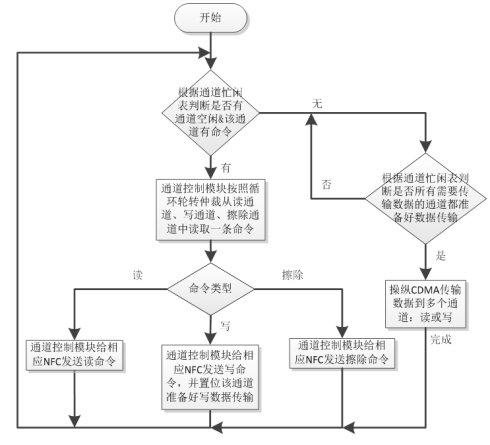In this paper, we investigate how to minimize the age of information when a source can transmit status updates over two heterogeneous channels. The work is motivated by recent developments of 5G mmWave technology, where transmissions may occur over an unreliable but fast (e.g., mmWave) channel or a slow reliable (e.g., sub-6GHz) channel. The unreliable channel is modeled using the Gilbert-Elliot channel model, where information can be transmitted at a high rate when the channel is in the 'ON' state. The reliable channel is assumed to provide a deterministic but lower data rate. The scheduling strategy is to select which channel to transmit on over time in order to minimize the time-average age of information. The problem can be formulated as a Markov Decision Process (MDP). The MDP structures based on two largely different channels with time correlation is complicated, which makes our problem challenging. However, we still efficiently derive an exact solution. We first show that there exists an optimal threshold-type scheduling policy to minimize age. We then develop a low-complexity algorithm to derive the exact value of the optimal thresholds. Numerical simulations are provided to compare different policies.
翻译:在本文中, 我们调查如何在信息来源能够通过两个不同渠道传输状态更新信息时将信息年龄最小化。 这项工作的动机是5GmmWave技术的最新开发, 5GmmWave技术的传输可能发生在不可靠但快速的频道( 例如, mmWave) 频道或一个缓慢的可靠频道( 例如, sub-6GHz) 。 这个不可靠的频道是使用Gilbert- Elliot频道模型建模的, 当频道处于“ ON” 状态时, 信息可以以高速度传输。 可靠的频道被假定提供一种确定性但较低的数据率。 时间安排策略是选择一个可以长期传输的频道, 以便尽可能缩短信息的平均年龄。 问题可以被描述为Markov 决策程序( MDP ) 。 以两个大致不同的频道为基础, 与时间相关联的 MDP 结构很复杂, 这使得我们的问题具有挑战性。 但是, 我们仍能有效地得出一个精确的解决方案。 我们首先显示存在一种最佳的临界型列表政策 。 我们然后开发一种低兼容性算算算法来得出最佳临界值 。 我们提供不同的政策 。




